While pop-ups can sometimes be intrusive, there are instances where enabling them is necessary for certain functionalities. Websites like banking portals or online exam platforms often rely on pop-ups to display important information or prompts. Additionally, Windows 11 uses pop-up notifications to keep you informed about system updates and settings. This guide will walk you through various methods to enable pop-ups on your Windows 11 device.
Allow Pop-ups on Browsers from Individual Settings
Browsers often block pop-ups by default to prevent unwanted ads or potential security risks. However, you can adjust the settings to allow pop-ups either globally or for specific websites. Below are instructions for enabling pop-ups on some of the most popular browsers in Windows 11.
For Microsoft Edge
Microsoft Edge is the default browser in Windows 11, offering seamless integration with the operating system. To allow pop-ups in Edge, follow these steps:
Step 1: Open Microsoft Edge and click on the ellipsis icon (three horizontal dots) located in the upper-right corner of the window. From the dropdown menu, select Settings.

Step 2: In the left sidebar of the Settings page, click on Cookies and site permissions.
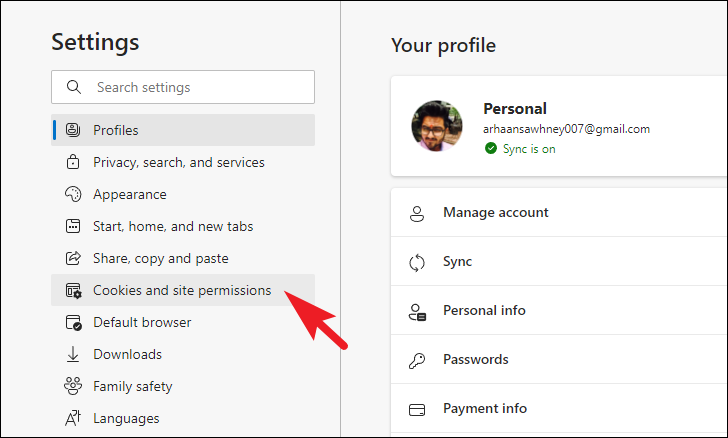
Step 3: Scroll down on the right pane and click on Pop-ups and redirects.

Step 4: To allow pop-ups from all websites, toggle off the switch next to Block. This will disable the pop-up blocker.
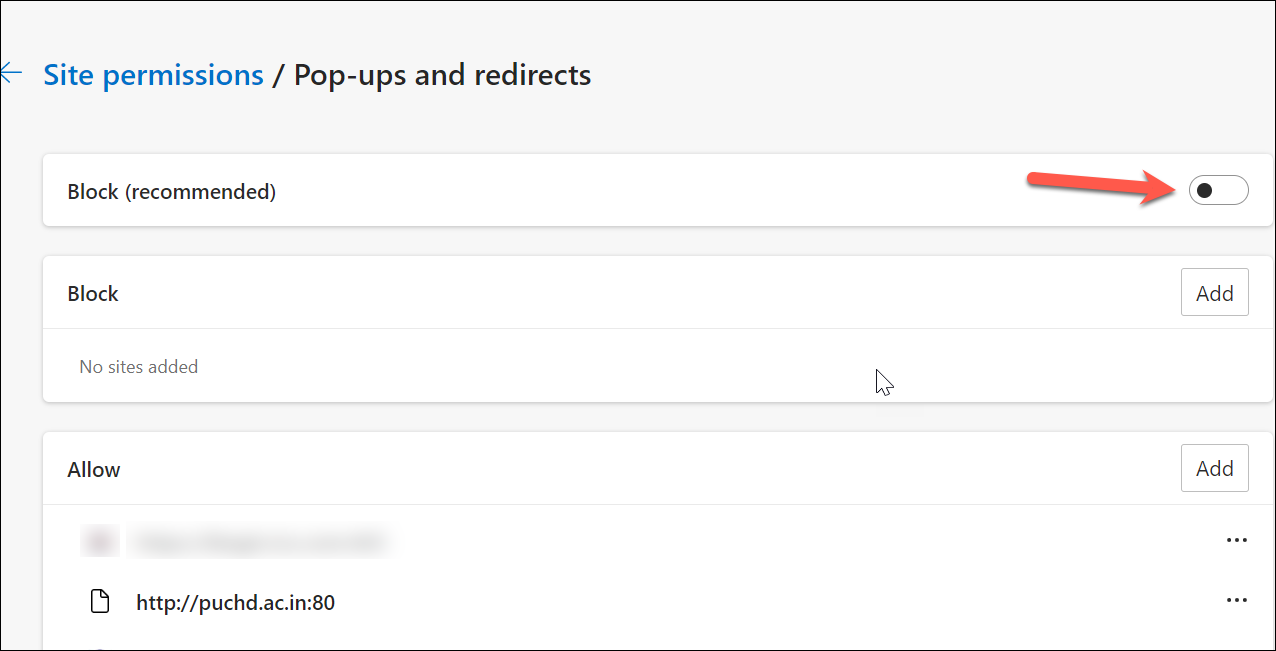
If you prefer to allow pop-ups only from specific websites, keep the Block toggle enabled. Then, under the Allow section, click on the Add button.

Enter the URL of the website you wish to allow pop-ups from and click Add. Repeat this step for any additional websites you want to include.

For Chrome
Google Chrome blocks pop-ups by default but allows you to adjust this setting. Here's how to enable pop-ups in Chrome:
Step 1: Launch Chrome and click on the kebab menu icon (three vertical dots) in the upper-right corner. Select Settings from the dropdown menu.

Step 2: In the Settings page, click on Privacy and security in the left sidebar.
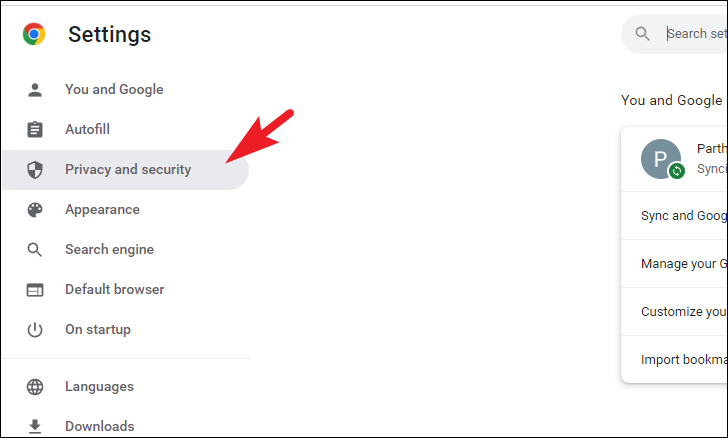
Step 3: On the right, click on Site settings.
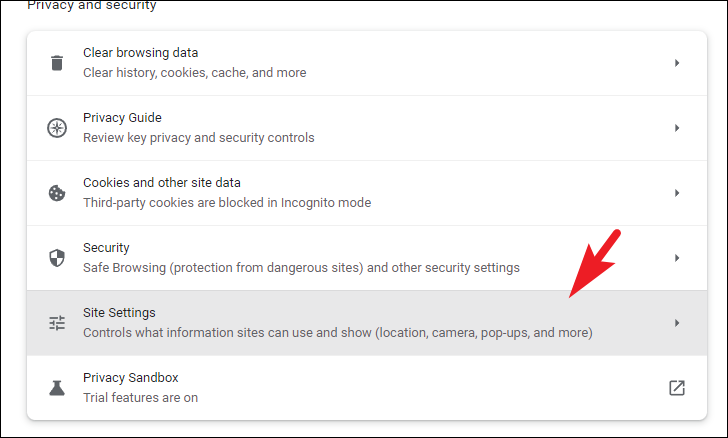
Step 4: Scroll down and select Pop-ups and redirects under the Content section.
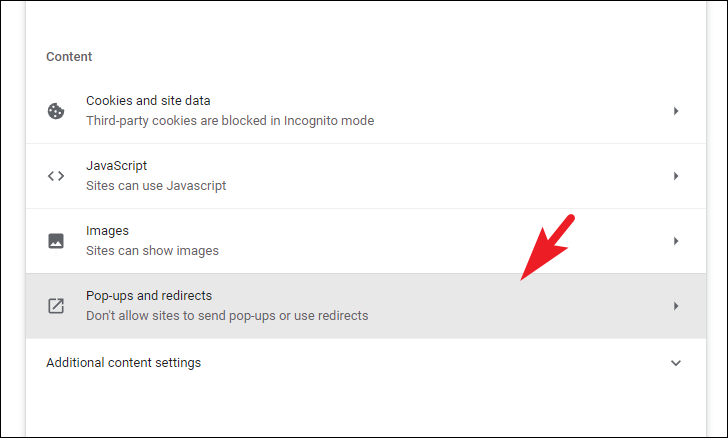
Step 5: To allow pop-ups from all websites, select the option Sites can send pop-ups and use redirects by clicking the radio button next to it.

To allow pop-ups from specific websites only, keep the option Don't allow sites to send pop-ups or use redirects selected. Under the Allowed to send pop-ups and use redirects section, click on the Add button.

Enter the URL of the desired website and click Add. Repeat this process for any additional websites.

For Mozilla Firefox
Mozilla Firefox also blocks pop-ups by default. Follow these steps to adjust the settings:
Step 1: Open Firefox and click on the hamburger menu icon (three horizontal lines) in the upper-right corner. Select Settings from the menu.

Step 2: In the left sidebar, click on Privacy & Security.
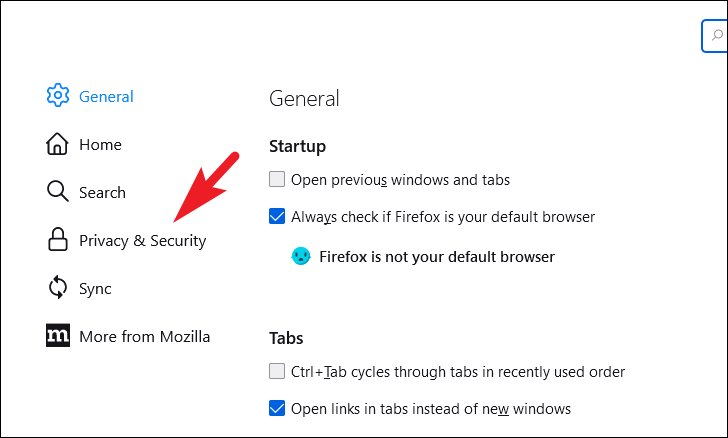
Step 3: Scroll down to the Permissions section. To allow pop-ups from all websites, uncheck the box next to Block pop-up windows.

If you wish to allow pop-ups from specific websites only, keep the box checked and click on the Exceptions button. In the dialog box that appears, enter the URL of the website and click Allow. Click Save Changes to apply the settings.
Allow System Pop-ups from the Settings App
Windows 11 uses pop-up notifications to keep you informed about system updates, tips, and other important information. If you've previously disabled these notifications, you can re-enable them through the Settings app.
Step 1: Click on the Start menu and select the Settings icon to open the Settings app.
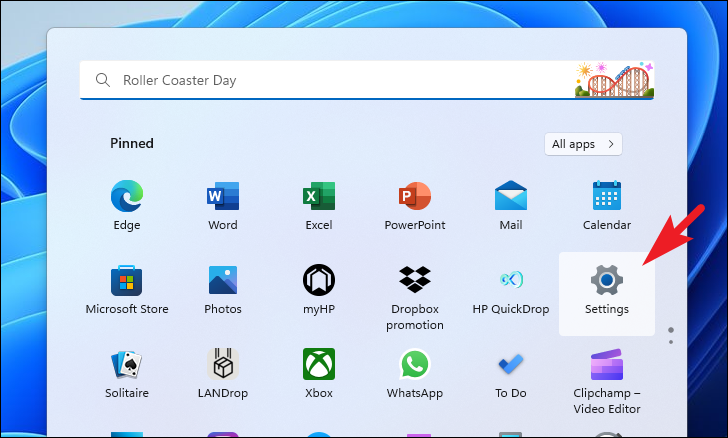
Step 2: In the Settings window, ensure that the System tab is selected on the left sidebar.
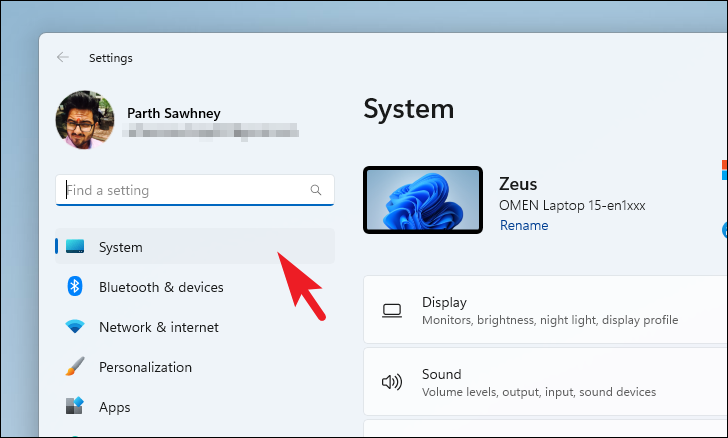
Step 3: On the right pane, click on Notifications.
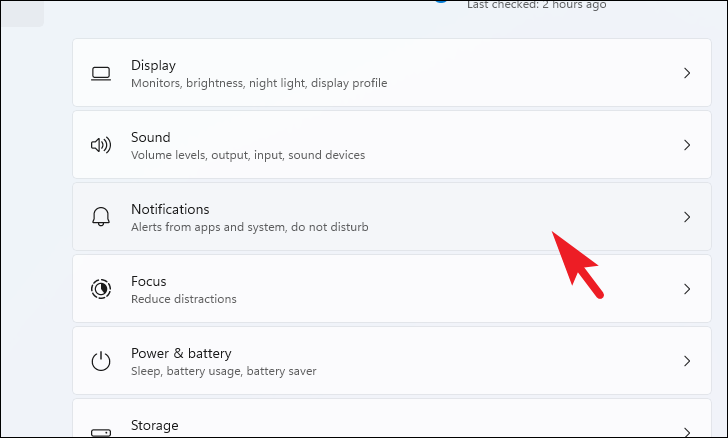
Step 4: Scroll through the list of apps under Notifications from apps and other senders. Toggle on notifications for system apps like Audio, AutoPlay, Battery saver, Feedback Hub, Input Switch Notification, Nearby Sharing, Print Notification, Security and Maintenance, Settings, Startup App Notification, and Wireless by clicking the switch next to each one.
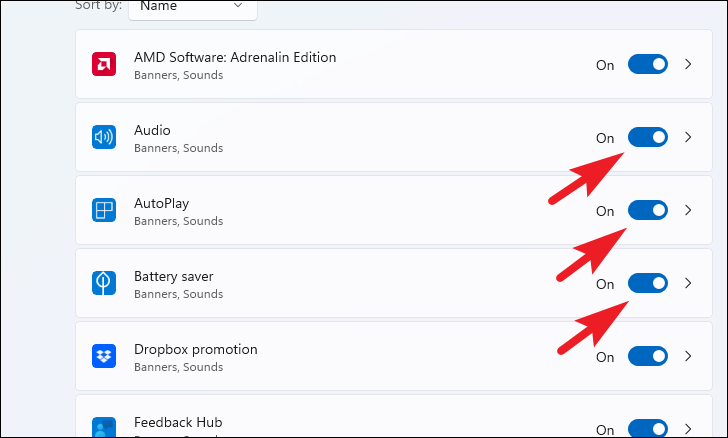
Step 5: Scroll down to the bottom and click on Additional settings to expand the section. Check the boxes next to Get tips and suggestions when I use Windows and Suggest ways to get the most out of Windows and finish setting up this device.
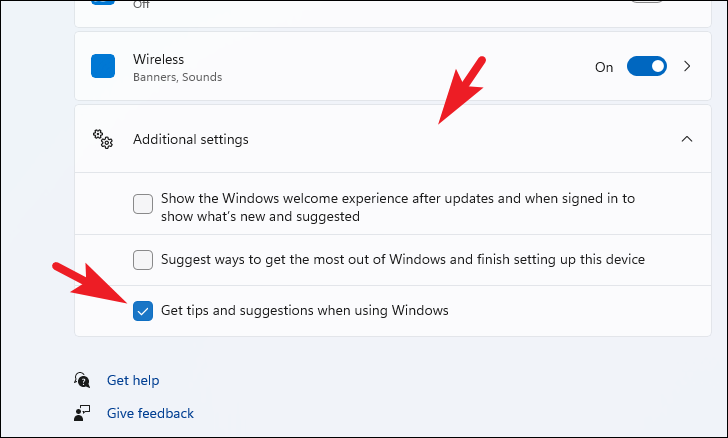
Enable Sync Provider Notifications
Sync Provider Notifications are pop-ups that provide tips, suggestions, and promotional content from Microsoft, which appear in File Explorer and the taskbar. To enable these notifications, follow these steps:
Step 1: Open File Explorer by double-clicking the This PC icon on your desktop or by pressing Windows + E on your keyboard.
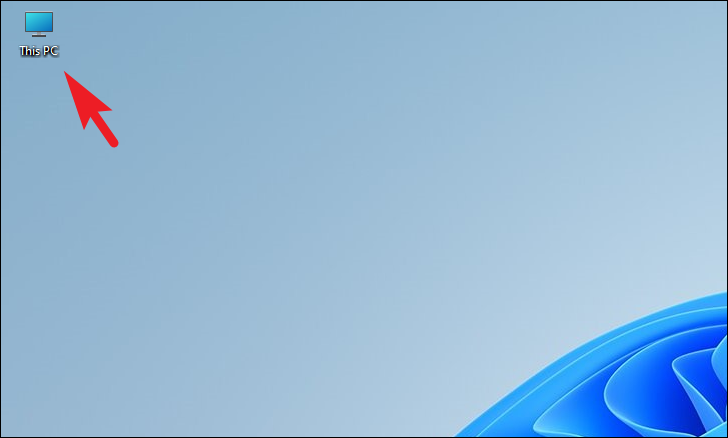
Step 2: In the File Explorer window, click on the ellipsis icon (three horizontal dots) in the toolbar and select Options from the dropdown menu. This will open the Folder Options dialog box.
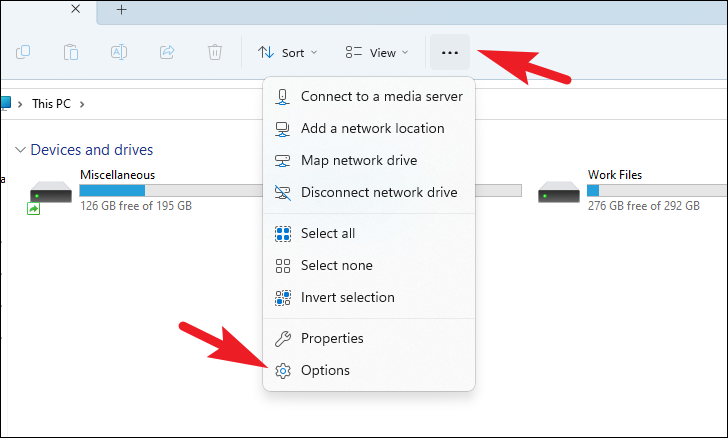
Step 3: In the Folder Options dialog, click on the View tab. Scroll down the Advanced settings list to find the option labeled Show sync provider notifications. Check the box next to this option to enable the notifications.
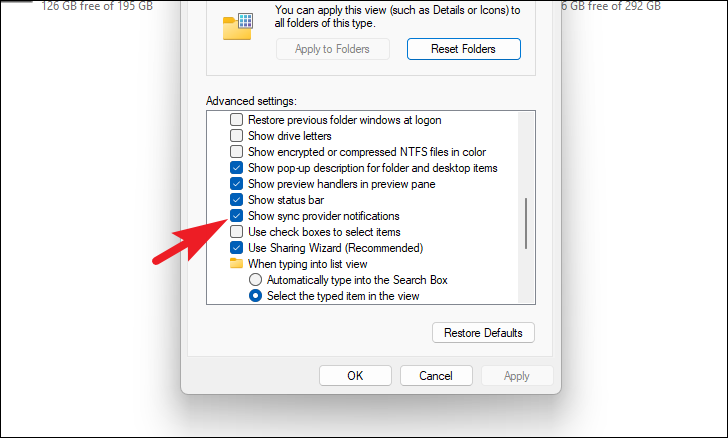
Step 4: Click OK to save your changes and close the dialog box.
By following these methods, you can enable pop-ups on your Windows 11 device, ensuring that you receive important notifications and have full access to essential website features.






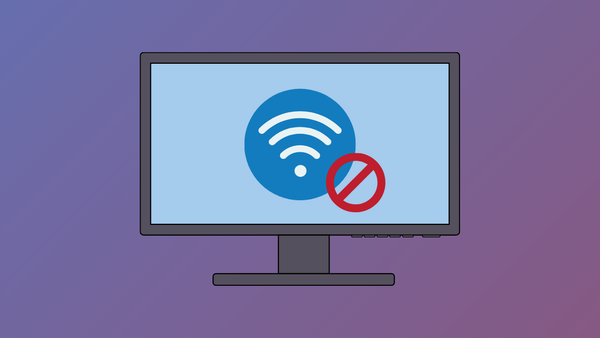

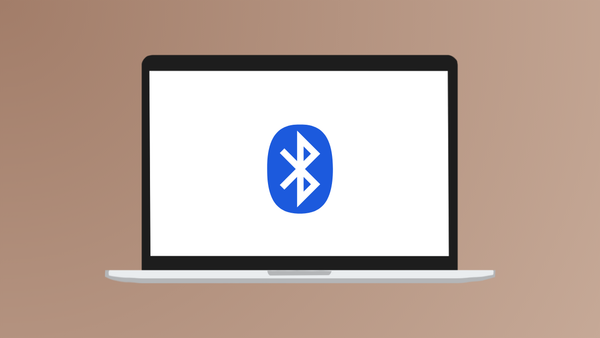

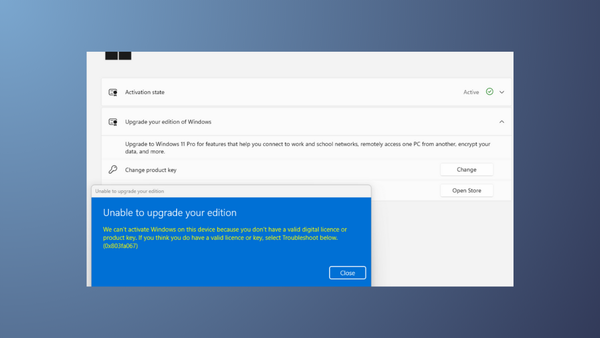
Member discussion